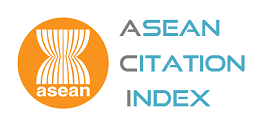Decomposing the Public-Private Wage Gap for Nurses in the Philippines
Keywords:
Nursing, Wage Gap, Public-private WageAbstract
In this study, we investigate the determinants of the public-private sector wage gap among nurses in Pampanga, Philippines. Using two estimation methods followed by a Oaxaca-Blinder decomposition of the wage differential, we study the extent to which this gap can be accounted for by differences in human and social capital endowments versus unexplained differences. Education, work experience, and active participation in the professional nursing association were found to have a significant effect on wages. Results of the Oaxaca decomposition highlight the bifurcated nature of the nursing labor market. Nearly 42% of the public-private wage differential was “unexplained” by differences in worker characteristics, suggesting that a significant portion of the gap may be attributed to differences in wage-setting regimes, market structures, and worker incentives between the public and private sectors.
Downloads
How to Cite
Issue
Section
License
The submission of a manuscript implies that the paper is an original work and has not been published elsewhere. The author(s) authorize the journal to reproduce or distribute the paper in printed or other electronic forms.






